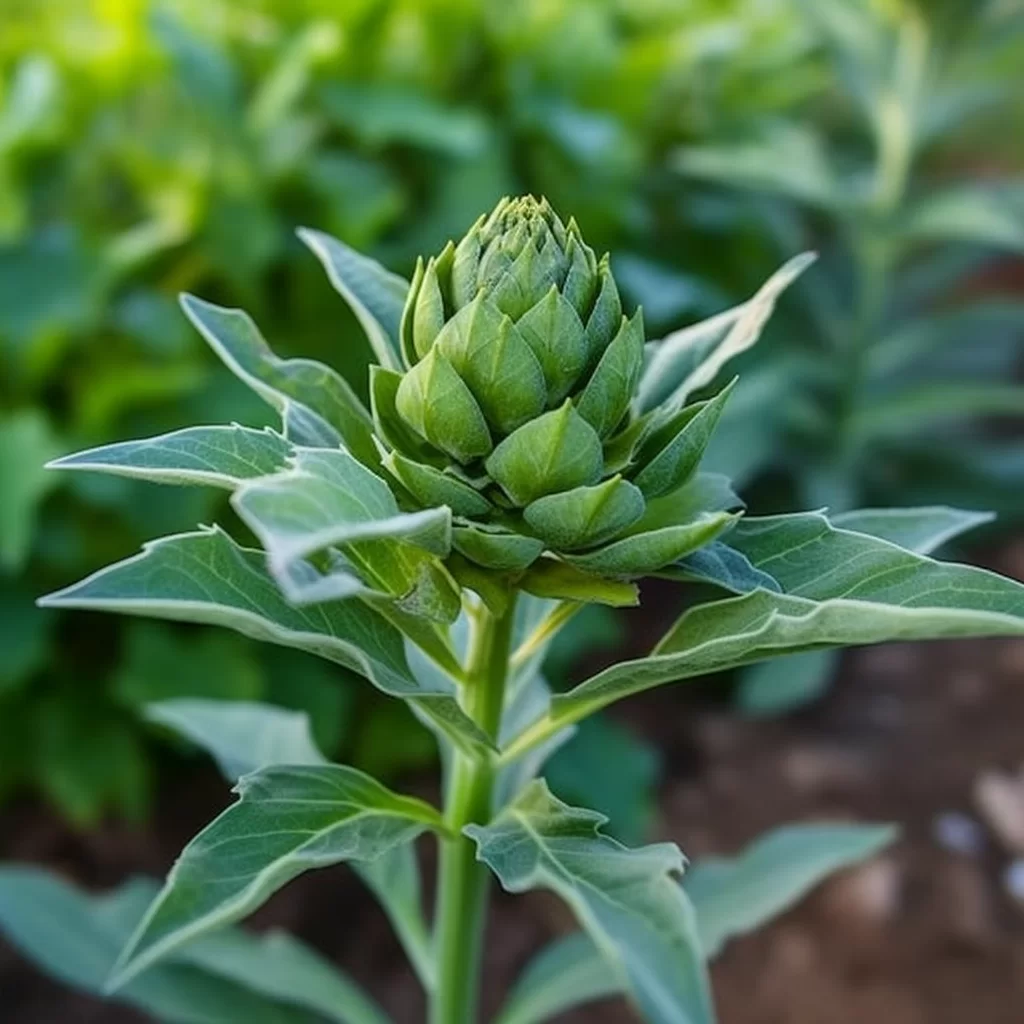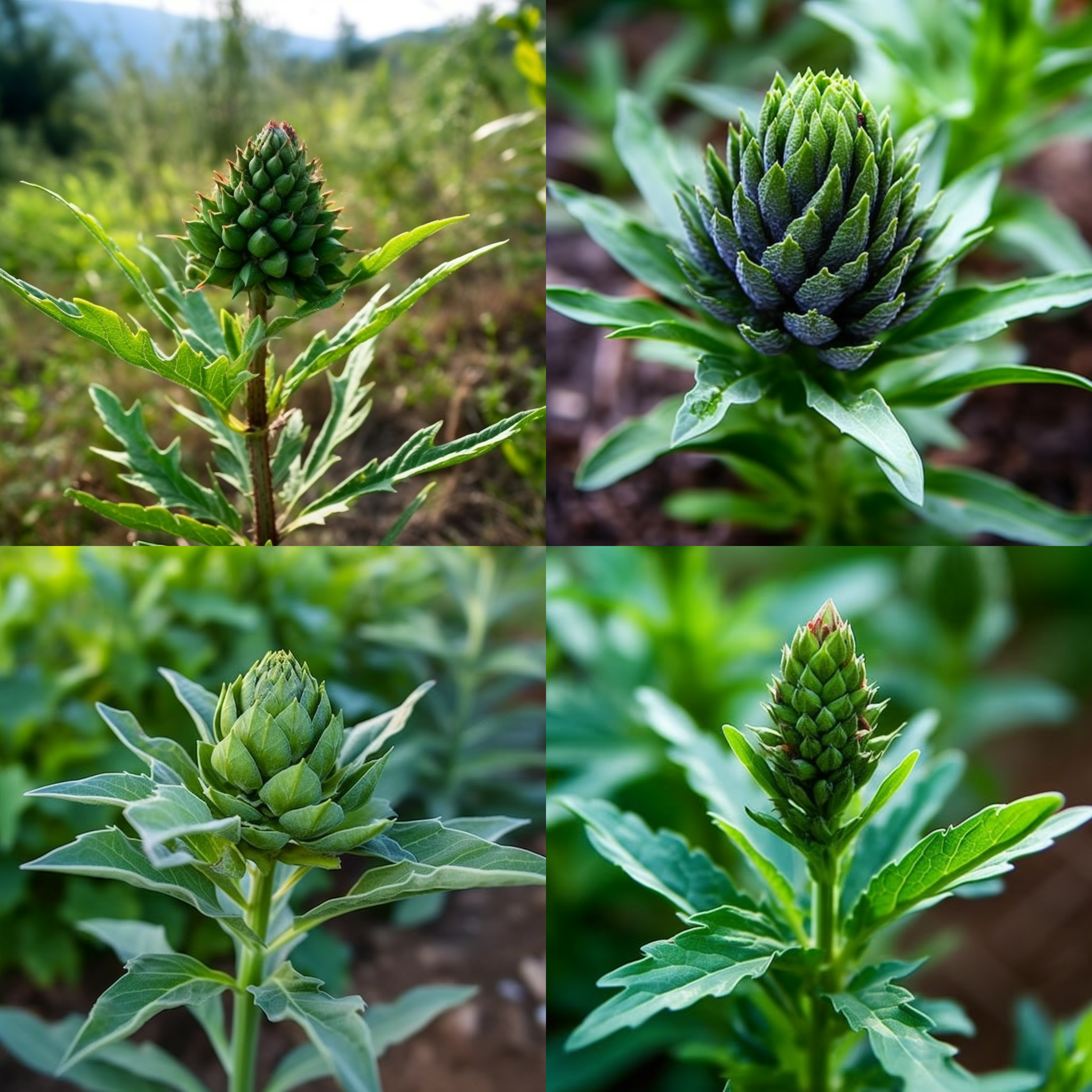Story of Day :
Contents
The Ultimate Guide to Growing and Caring for Artichoke Plants
If you’re looking for an impressive addition to your garden that also offers a delicious and healthy vegetable, look no further than the artichoke plant. This thistle-like plant is not only beautiful but also very easy to grow with just a little care and attention. In this complete guide, we’ll explore everything you need to know about growing and caring for artichokes.
What Are Artichokes?
 Artichokes are perennial plants in the thistle family that originated from the Mediterranean region of Europe. They have been cultivated as food since ancient times, first by the Greeks and Romans who considered them a delicacy. Today, artichokes are grown all over the world in temperate regions with mild winters.
Artichokes are perennial plants in the thistle family that originated from the Mediterranean region of Europe. They have been cultivated as food since ancient times, first by the Greeks and Romans who considered them a delicacy. Today, artichokes are grown all over the world in temperate regions with mild winters.
Choosing an Artichoke Variety
 Before you start planting an artichoke garden, it’s essential to choose a variety that will thrive in your climate zone. Some popular varieties include:
Before you start planting an artichoke garden, it’s essential to choose a variety that will thrive in your climate zone. Some popular varieties include:
- ‘Green Globe’: A classic variety with large green globes.
- ‘Imperial Star’: A newer variety bred specifically for home gardens.
- ‘Purple of Romagna’: An Italian heirloom that produces purple-tinted buds.

Growing Artichokes from Seed or Transplants
Artichokes can be grown from either seeds or transplants, depending on your preference. To grow from seed:
To grow from seed:
- Sow seeds indoors in early spring (around March)
- Transplant seedlings outdoors when they have grown 6-8 true leaves.
To grow from transplants:
- Purchase starter plants at your local nursery or online suppliers during early spring months (around April).
Planting and Soil Requirements
Artichokes prefer well-draining soil that is rich in organic matter. It’s best to plant them in an area that receives full sun, though they can also tolerate partial shade.When planting, space the artichoke plants about 3 feet apart to allow for their growth. The root ball of the transplant should be covered by at least one inch of soil. Water your newly planted artichoke until water comes out the bottom of the pot.
Watering and Feeding Artichokes
Artichokes require consistent watering through their growing season. Do not let them dry out completely, or it will damage the quality of fruits.Fertilize your artichokes with a balanced fertilizer once or twice a month during the growing season to promote healthy growth and high-quality fruit production.
Troubleshooting Pests and Diseases
While relatively easy to grow, artichokes are susceptible to various pests and diseases that can hinder their growth.Some common pests include:
- Aphids: tiny insects that feed on sap from leaves.
- Snails: Their favorite food is young tender leaves.
To control these pests:
- Spray aphids off with water using a hose.
- Hand pick snails as you see them on plants
Diseases:
Some common diseases include:
- Crown rot – caused by overwatering or poorly draining soils which result in fungal infection..
To prevent disease:
- Avoid overhead watering which results in wet foliage
Harvesting Artichokes
Artichoke plants typically produce buds ready for harvest in late spring into early summer months (May-June). Harvest buds before they open and show their purple petals. Cut the stem at least 1-2 inches below the bud to ensure that all of the edible flesh is harvested.
Conclusion
Growing artichokes can be a fun and rewarding experience, whether you’re an experienced gardener or just starting. By following this complete guide on how to grow and care for artichokes, you’ll ensure your plants thrive and provide delicious produce for years to come. Remember, artichokes are relatively low-maintenance but do require consistent watering, fertilizing, regular management of diseases and pests along with excellent soil drainage!
